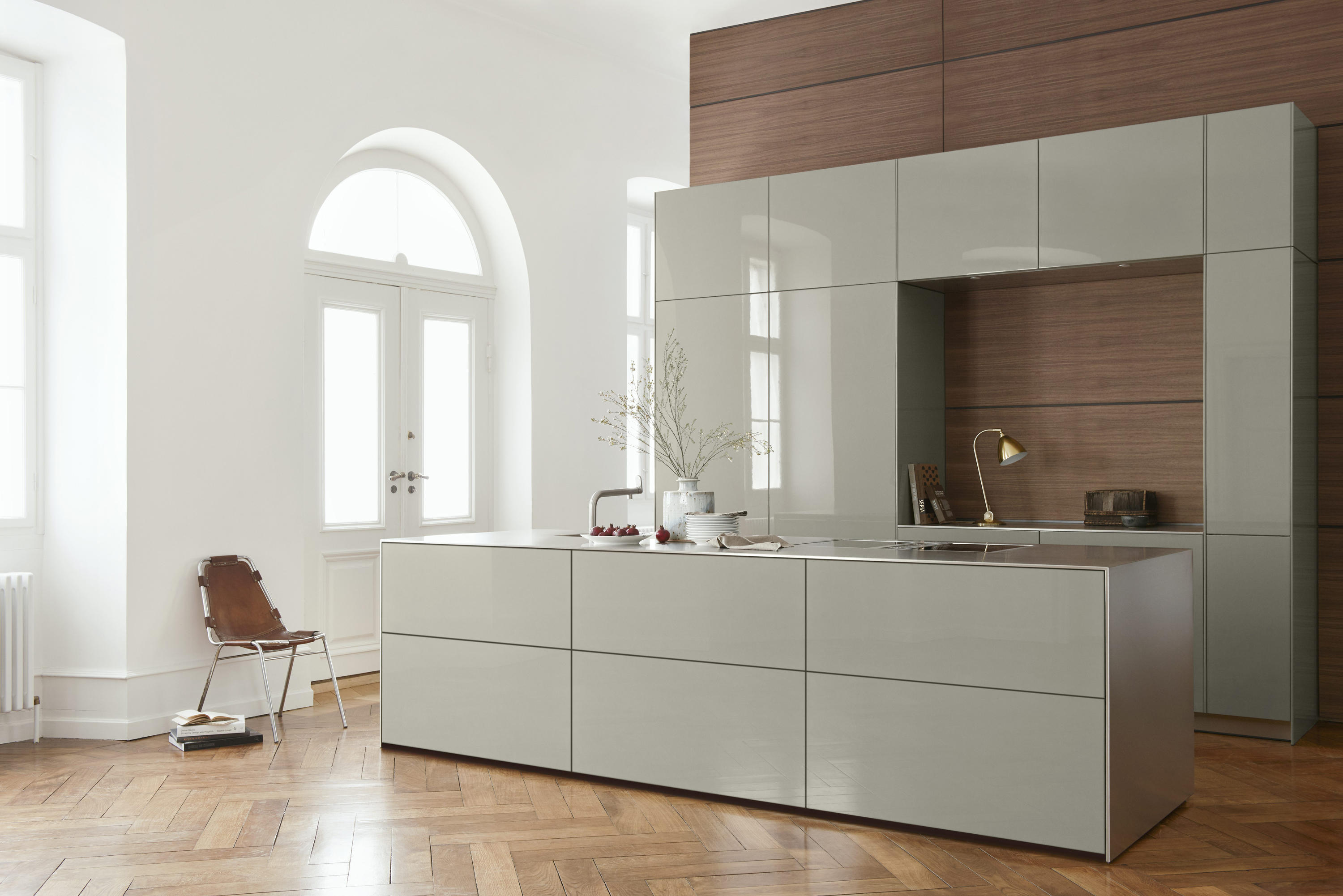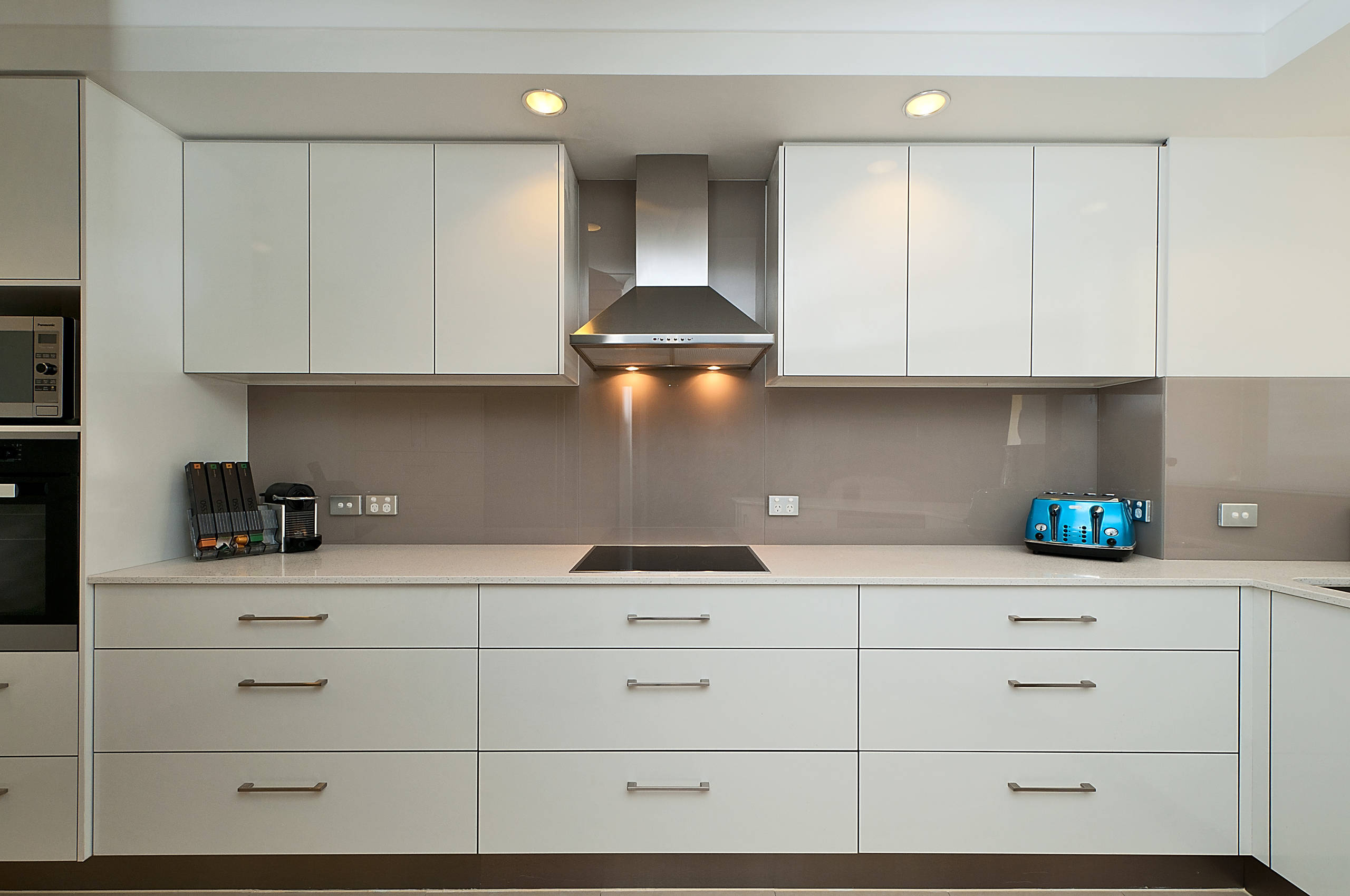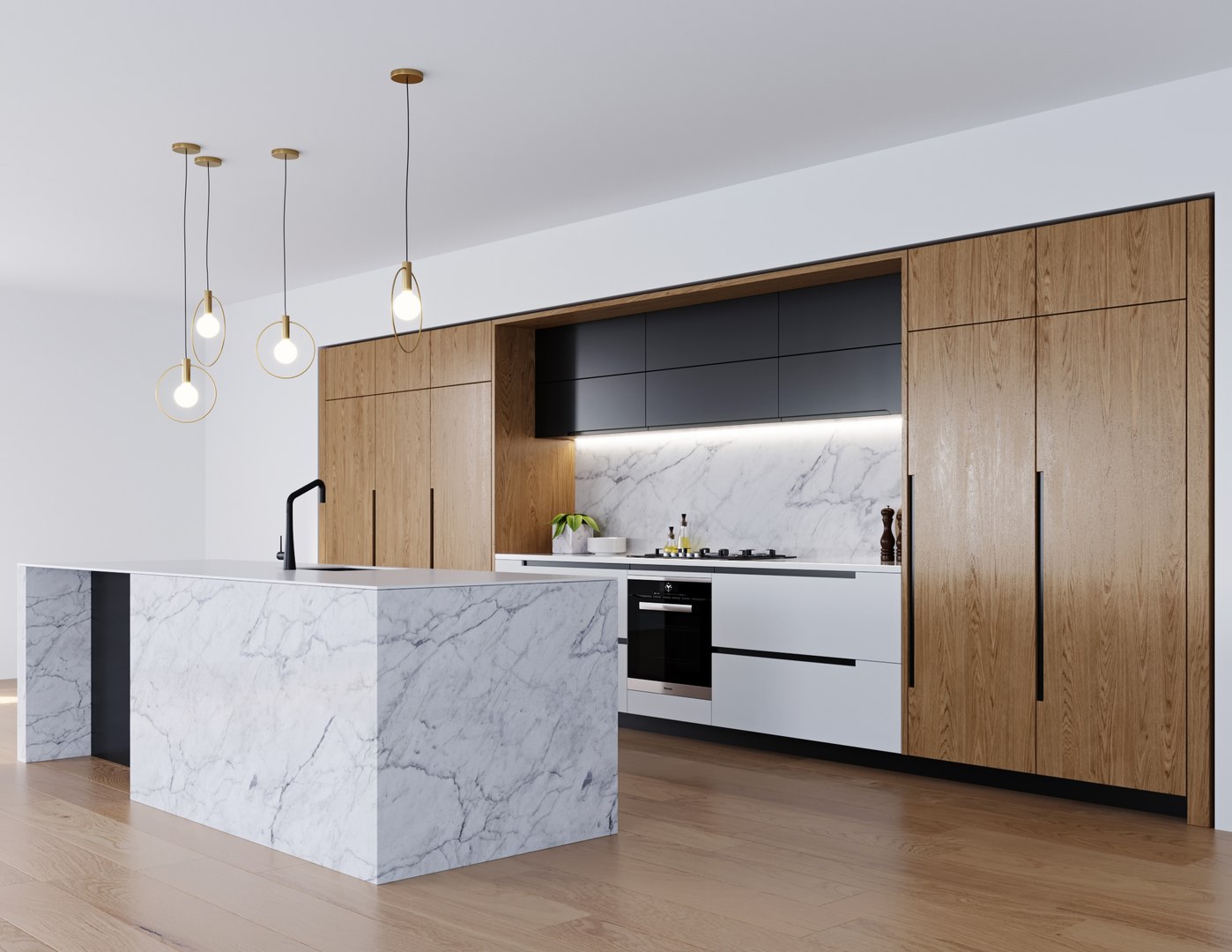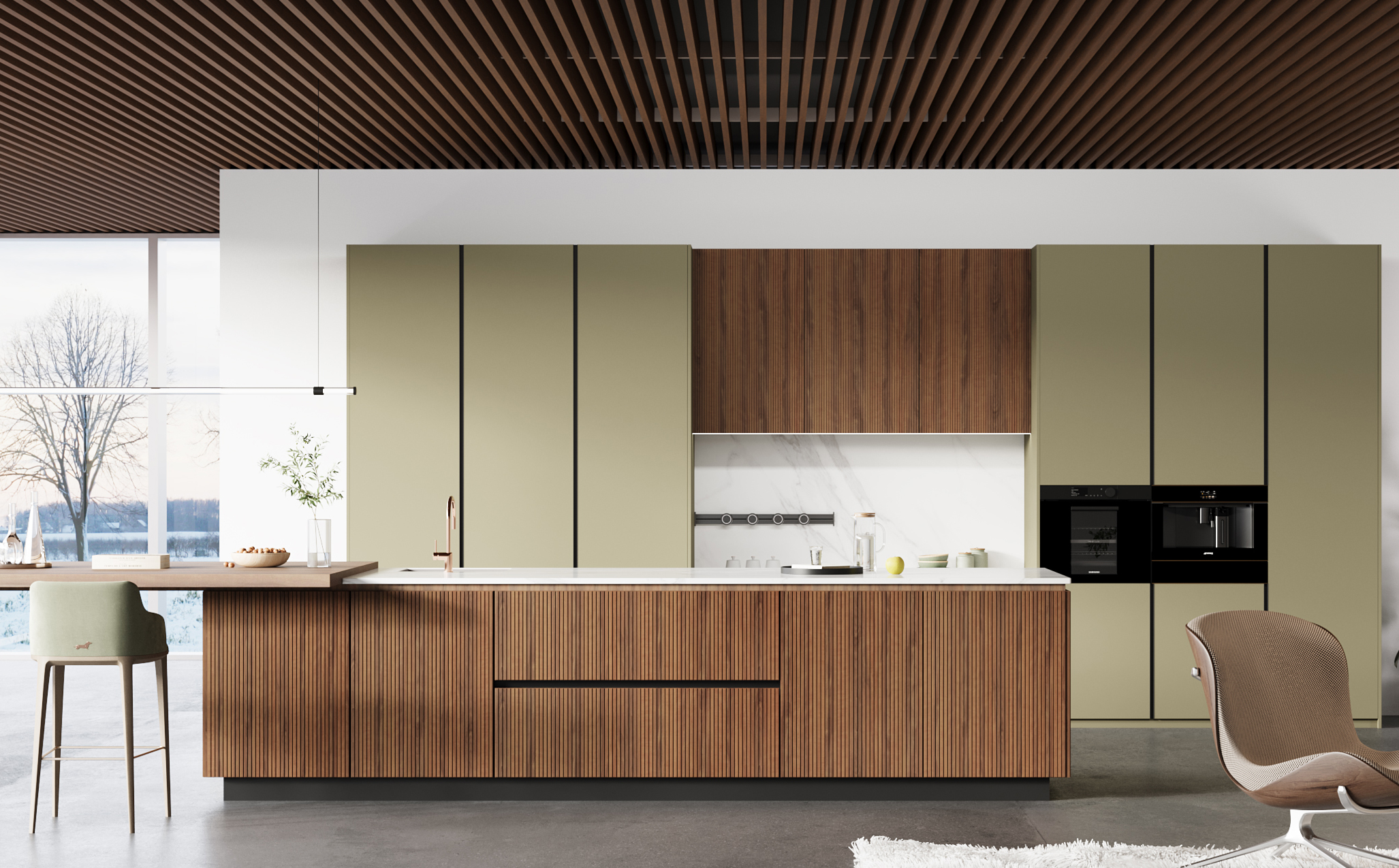Introduction: Why Commercial Kitchen Cabinets Matter
In the fast-paced world of restaurants, hotels, and large-scale dining facilities, the kitchen is more than just a cooking space, it is the operational core of the business. The quality and functionality of the kitchen cabinet system directly influence workflow efficiency, hygiene standards, and long-term maintenance costs. Unlike residential kitchens, commercial kitchens operate under constant heavy use, high temperatures, and frequent cleaning cycles. This means choosing the right cabinetry is not just an aesthetic decision, it is an investment in durability, safety, and operational performance.
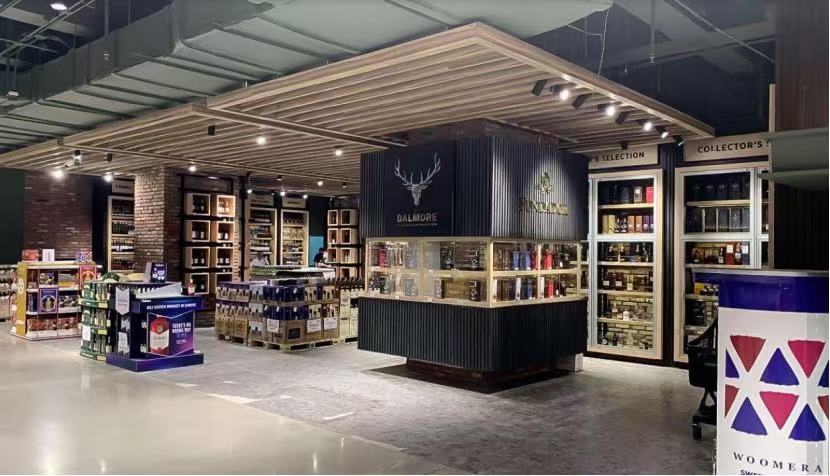
Key Requirements for Commercial Kitchen Cabinets
1. Durability and Material Quality
In high-demand kitchen environments, cabinets are exposed to constant wear and tear. Commercial-grade materials such as high-pressure laminate (HPL), stainless steel, and engineered wood composites offer enhanced resistance to scratches, impact, and moisture. Proper edge sealing and anti-warping treatments ensure the cabinets maintain structural integrity even in humid or high-temperature conditions.
2. Hygiene and Easy Maintenance
Foodservice operations must adhere to strict hygiene regulations. Choosing cabinet surfaces that are non-porous, stain-resistant, and easy to clean can prevent bacterial growth and contamination. Seamless finishes, food-safe coatings, and integrated splash guards further enhance sanitation and reduce cleaning time.
3. Load-Bearing Capacity and Structural Integrity
Commercial kitchen cabinets must support the weight of heavy cookware, small appliances, and bulk supplies. Reinforced frames, industrial-grade hinges, and load-tested shelving ensure that the cabinets can handle intensive daily use without sagging or damage.
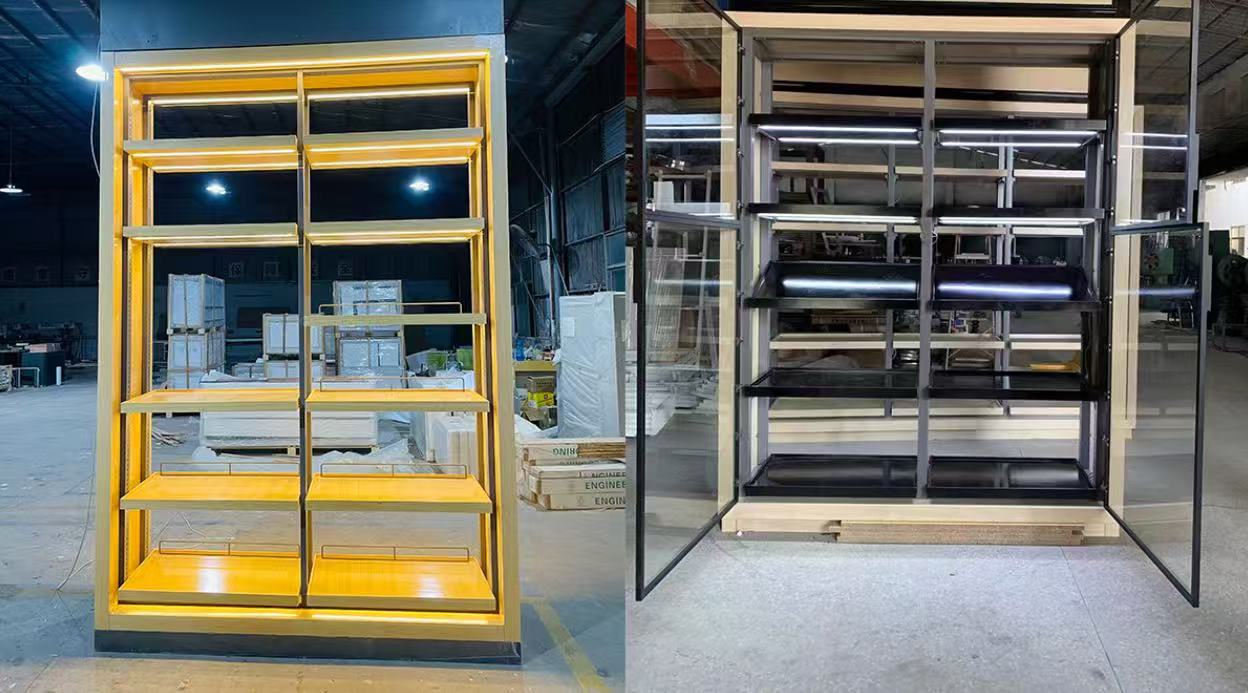
Popular Styles and Configurations
Modular designs allow for flexible layouts, making them ideal for kitchens that may need reconfiguration or expansion over time. They offer faster installation and replacement compared to fully custom-built units.

- High-Gloss and Matte Finishes
High-gloss finishes brighten the kitchen space, reflecting light to create a clean, modern appearance. Matte finishes, on the other hand, offer a sophisticated, low-reflective look and hide fingerprints better, perfect for busy kitchen environments.
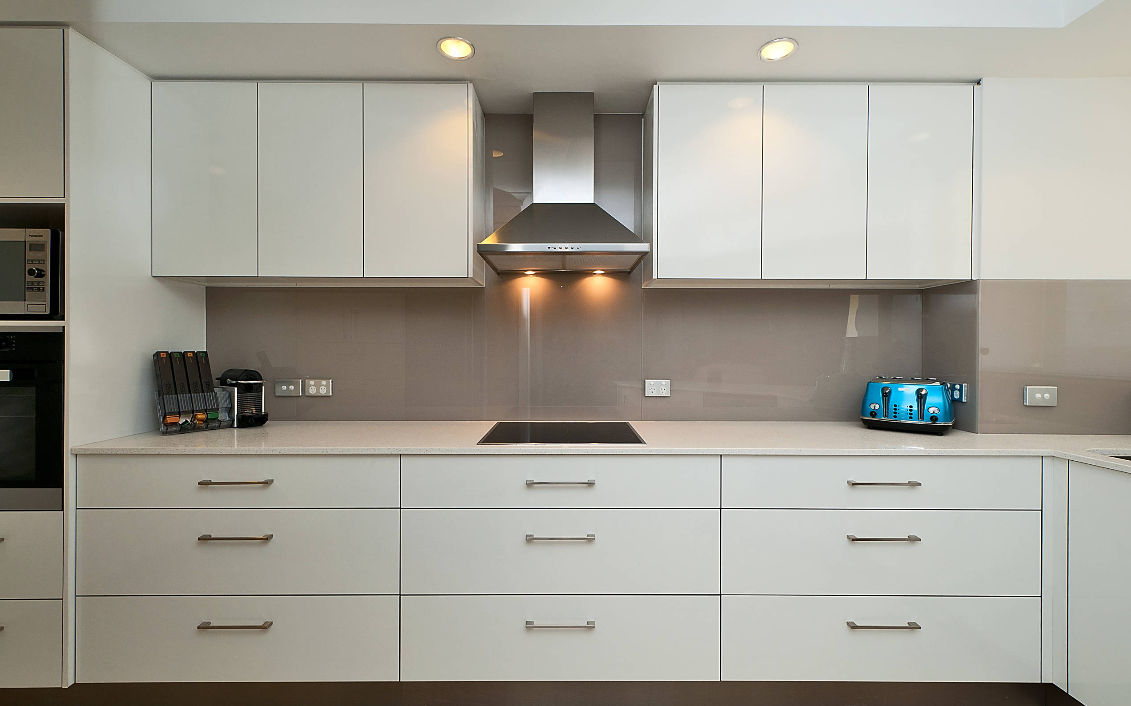
Renowned for their durability, fire resistance, and hygienic properties, stainless steel cabinets are a preferred choice for many commercial kitchens, especially in environments with high moisture and temperature fluctuations.
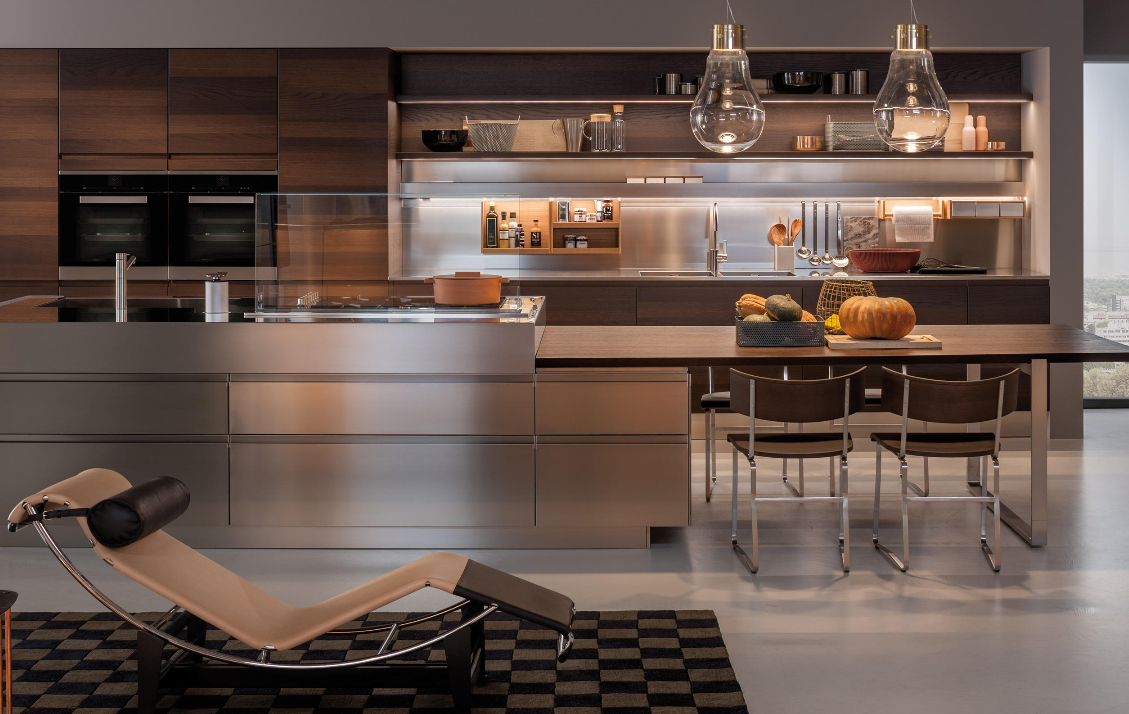
- RTA (Ready-to-Assemble) Cabinets
For projects that require quick installation with minimal downtime, RTA cabinets offer a practical solution. They are shipped flat-packed, reducing freight costs, and can be assembled on-site, making them ideal for multi-location rollouts.
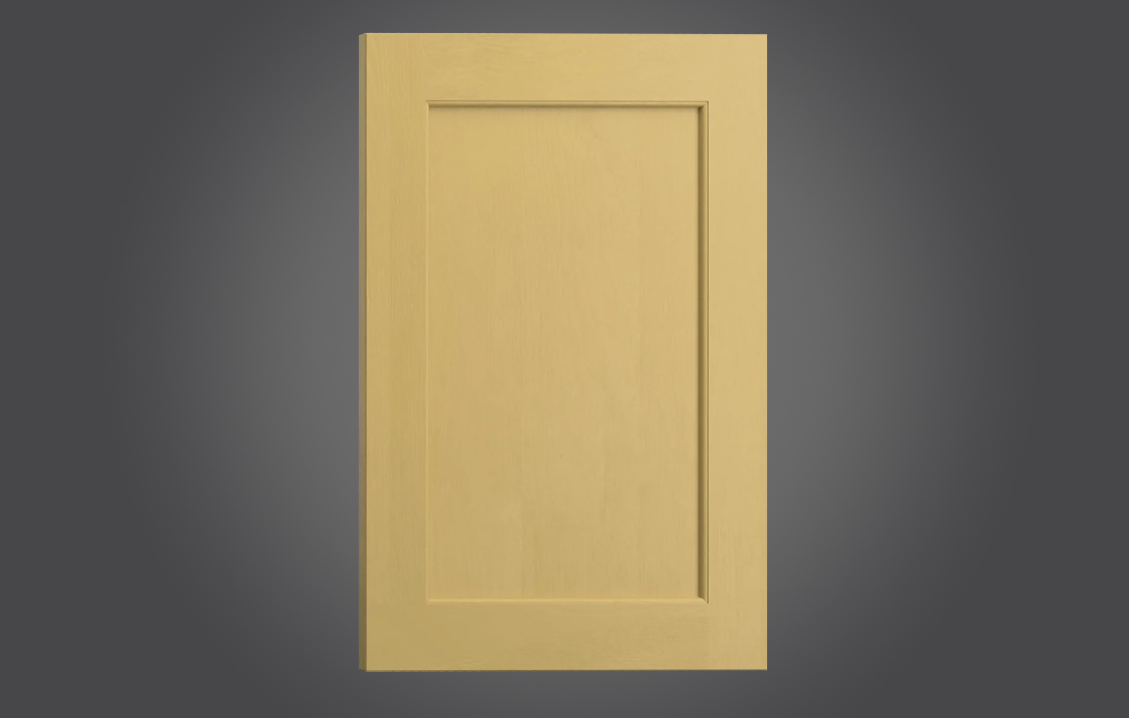
|
Cabinet Type |
Key Features |
Best For |
|
Modular Cabinets |
Flexible layout, easy reconfiguration,quick installation |
Restaurants with changing layouts or expansions |
|
High-Gloss Finishes |
Brightens space, modern look, easyto wipe clean |
Modern dining spaces, cafes
|
|
Matte Finishes |
Low reflection, hides fingerprints, sophisticated appearance |
Fine dining, luxury hotels
|
|
Stainless Steel Cabinets |
High durability, fire-resistant,hygienic, moisture-proof |
High-volume kitchens, humidenvironments |
|
RTA Cabinets |
Flat-packed for shipping, quick on-site assembly, cost-effective |
Multi-location rollouts, time-sensitiveprojects |
Factors to Consider When Choosing Commercial Kitchen Cabinets
- Usage Intensity: Consider the daily operating hours, frequency of use, and environmental conditions the cabinets will face.
- Space and Layout: Optimize the flow of movement between prep areas, cooking zones, and storage sections.
- Budget vs. Longevity: A higher upfront investment in durable cabinets often results in lower long-term maintenance and replacement costs.
- Compliance and Safety: Verify that materials meet fire safety, food contact, and environmental regulations.
- Delivery and Installation: Evaluate lead times, shipping efficiency, and the availability of on-site assembly support.
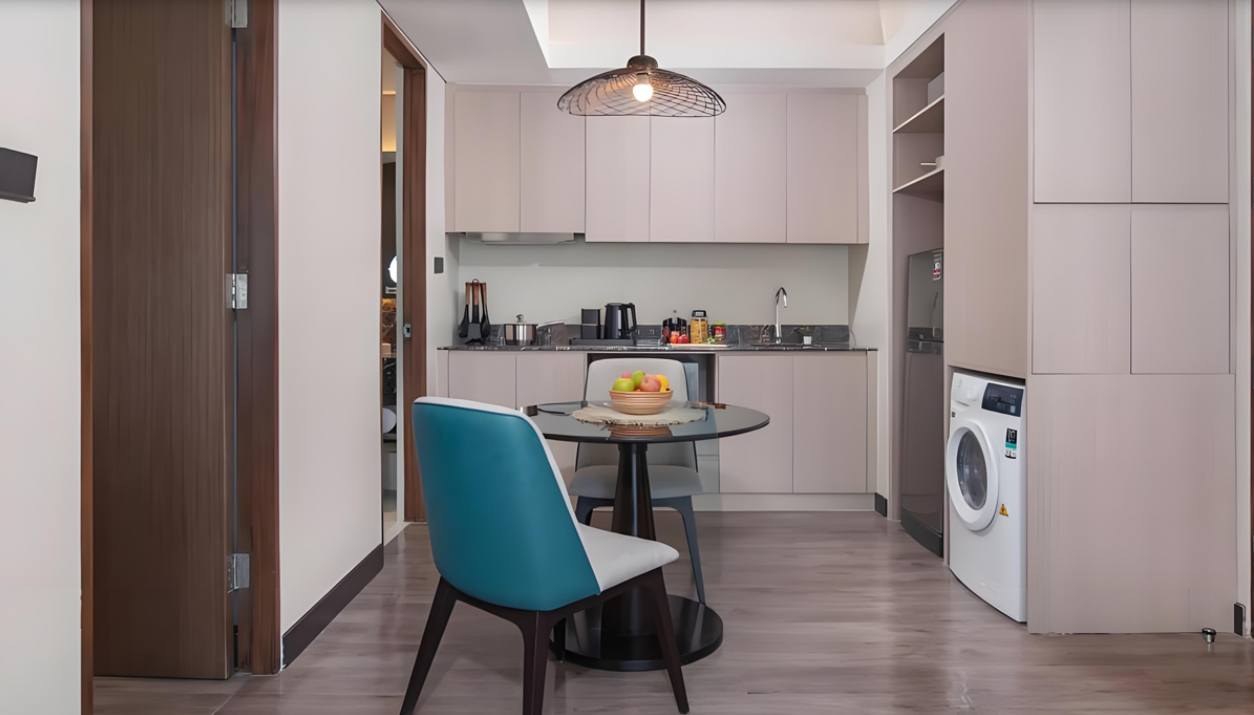
FAQ
Q1: What is the difference between residential and commercial kitchen cabinets?
A1: Commercial kitchen cabinets are built for heavy-duty use, using stronger materials like stainless steel or high-pressure laminate. They are designed to withstand higher traffic, frequent cleaning, and exposure to heat and moisture, making them more durable than typical residential cabinets.
Q2: Which materials are best for commercial kitchen cabinets?
A2: Popular materials include stainless steel for hygiene and durability, high-pressure laminate (HPL) for cost-effective resilience, and engineered wood with moisture-resistant cores for a balance of aesthetics and performance.
Q3: How long do commercial kitchen cabinets typically last?
A3: With proper care and maintenance, high-quality kitchen cabinets for restaurants and businesses can last 10–15 years or more. The lifespan depends on usage intensity, material selection, and adherence to cleaning and maintenance guidelines.
Q4: Are RTA cabinets suitable for commercial kitchens?
A4: Yes, RTA (Ready-to-Assemble) cabinets can be a great choice for time-sensitive projects or multi-location expansions. They allow for faster shipping, lower freight costs, and on-site assembly, making them cost-effective for commercial use.
Q5: How can I ensure my commercial kitchen cabinets meet safety and hygiene standards?
A5: Look for cabinets that use food-safe materials, meet fire safety regulations, and have moisture-resistant finishes. Choosing seamless designs and non-porous surfaces will also help maintain hygiene compliance in busy foodservice environments.
Q6: What should I consider before ordering kitchen cabinets for a restaurant or business?
A6: Key factors include space planning, load-bearing requirements, compliance with local regulations, and delivery timelines. Partnering with a reliable manufacturer ensures consistent quality and on-time project completion.
Conclusion: Partnering with a Reliable Supplier
Selecting the Best Commercial Kitchen Cabinets for restaurants and businesses requires careful consideration of durability, hygiene, load capacity, and design flexibility. The right choice will not only enhance operational efficiency but also reduce long-term maintenance costs.
When sourcing kitchen cabinets for restaurants and businesses, it is important to work with a manufacturer that offers consistent quality, a variety of styles, and reliable global delivery.
AIS Kitchen, for example, provides a comprehensive service, from design and material selection to production and worldwide shipping, ensuring that commercial kitchens are equipped with cabinets built to perform under the toughest conditions.


